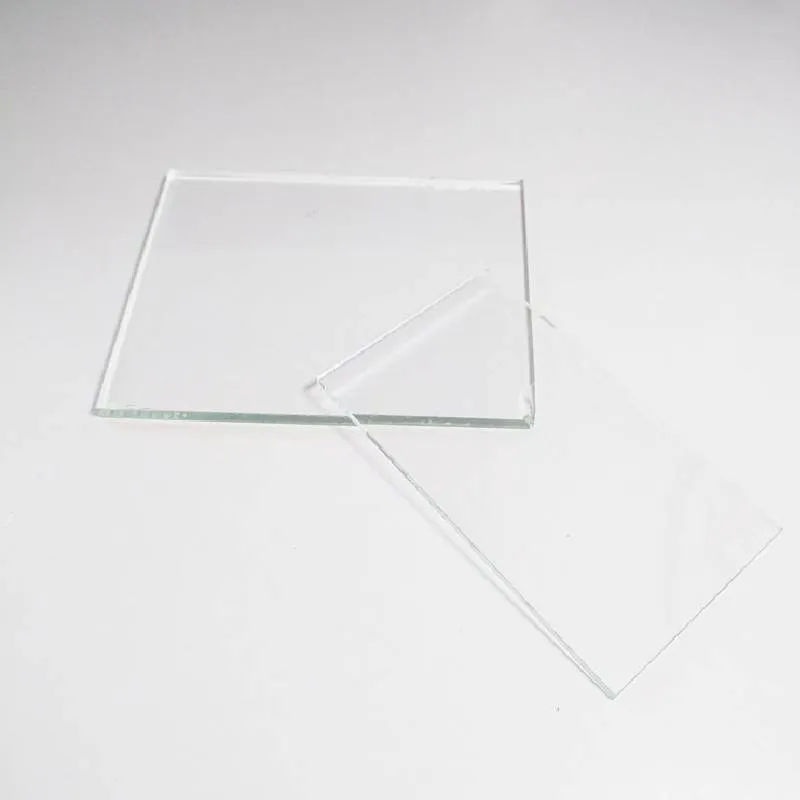The Art and Science of Making Tempered Glass
Tempered glass, also known as toughened glass, is a type of safety glass that is processed by controlled thermal gradients to increase its strength compared to normal glass. This kind of glass is widely used in various applications, such as in buildings, cars, and consumer electronics, due to its enhanced durability and safety features. The process of making tempered glass combines both art and science, requiring precision, knowledge, and the right technology.
The first step in manufacturing tempered glass involves selecting the right raw materials, typically silica sand, soda ash, and limestone. The quality of the raw materials significantly influences the final product. Once the ingredients are acquired, they are mixed and heated in a furnace to form molten glass. This is where the magical transformation begins. The melting process requires carefully controlled temperatures to ensure even melting and to eliminate any bubbles that might weaken the structure of the glass.
After melting, the molten glass is formed into sheets using various techniques, such as float, casting, or pressing. The float glass method, which involves pouring molten glass onto a bed of molten tin, is the most common due to its ability to produce perfectly flat sheets. Once the glass is formed, it is cooled down slowly in a process called annealing, which relieves internal stresses and ensures uniform thickness.
making tempered glass
The real transformation occurs when the glass is ready to be tempered. The tempered glass-making process includes heating the glass sheets to temperatures reaching up to 620 degrees Celsius (approximately 1,150 degrees Fahrenheit). This high-temperature treatment is crucial because it alters the physical properties of the glass. After reaching the desired temperature, the glass is rapidly cooled using jets of cold air in a process known as quenching. This rapid cooling creates a compressive stress on the surface of the glass while allowing internal tensile stress to develop. As a result, tempered glass becomes much stronger than standard glass, with the ability to withstand greater impact and thermal stress.
In terms of safety, tempered glass shatters into small, blunt pieces rather than sharp shards. This feature minimizes the risk of injury from broken glass, making it an ideal choice for applications such as shower doors, glass doors, and tables. Additionally, tempered glass can endure high temperatures, making it suitable for use in kitchen appliances and buildings exposed to thermal changes.
Overall, the process of making tempered glass exemplifies the intersection of art and science. While the technology and methods involved require a high level of expertise, the aesthetic appeal of glass products remains salient. The clarity and brilliance of tempered glass make it an attractive choice for architects and designers, who value both functionality and beauty.
In conclusion, tempered glass is more than just a material; it is a testament to human ingenuity in combining rigorous scientific principles with creative design. Its strength, safety, and versatility have made it an essential component in modern architecture and everyday items, enhancing the quality and safety of our lives. As technology advances, the future of tempered glass promises even more innovations, paving the way for new applications and improved materials.
 Afrikaans
Afrikaans  Albanian
Albanian  Amharic
Amharic  Arabic
Arabic  Armenian
Armenian  Azerbaijani
Azerbaijani  Basque
Basque  Belarusian
Belarusian  Bengali
Bengali  Bosnian
Bosnian  Bulgarian
Bulgarian  Catalan
Catalan  Cebuano
Cebuano  Corsican
Corsican  Croatian
Croatian  Czech
Czech  Danish
Danish  Dutch
Dutch  English
English  Esperanto
Esperanto  Estonian
Estonian  Finnish
Finnish  French
French  Frisian
Frisian  Galician
Galician  Georgian
Georgian  German
German  Greek
Greek  Gujarati
Gujarati  Haitian Creole
Haitian Creole  hausa
hausa  hawaiian
hawaiian  Hebrew
Hebrew  Hindi
Hindi  Miao
Miao  Hungarian
Hungarian  Icelandic
Icelandic  igbo
igbo  Indonesian
Indonesian  irish
irish  Italian
Italian  Japanese
Japanese  Javanese
Javanese  Kannada
Kannada  kazakh
kazakh  Khmer
Khmer  Rwandese
Rwandese  Korean
Korean  Kurdish
Kurdish  Kyrgyz
Kyrgyz  Lao
Lao  Latin
Latin  Latvian
Latvian  Lithuanian
Lithuanian  Luxembourgish
Luxembourgish  Macedonian
Macedonian  Malgashi
Malgashi  Malay
Malay  Malayalam
Malayalam  Maltese
Maltese  Maori
Maori  Marathi
Marathi  Mongolian
Mongolian  Myanmar
Myanmar  Nepali
Nepali  Norwegian
Norwegian  Norwegian
Norwegian  Occitan
Occitan  Pashto
Pashto  Persian
Persian  Polish
Polish  Portuguese
Portuguese  Punjabi
Punjabi  Romanian
Romanian  Russian
Russian  Samoan
Samoan  Scottish Gaelic
Scottish Gaelic  Serbian
Serbian  Sesotho
Sesotho  Shona
Shona  Sindhi
Sindhi  Sinhala
Sinhala  Slovak
Slovak  Slovenian
Slovenian  Somali
Somali  Spanish
Spanish  Sundanese
Sundanese  Swahili
Swahili  Swedish
Swedish  Tagalog
Tagalog  Tajik
Tajik  Tamil
Tamil  Tatar
Tatar  Telugu
Telugu  Thai
Thai  Turkish
Turkish  Turkmen
Turkmen  Ukrainian
Ukrainian  Urdu
Urdu  Uighur
Uighur  Uzbek
Uzbek  Vietnamese
Vietnamese  Welsh
Welsh  Bantu
Bantu  Yiddish
Yiddish  Yoruba
Yoruba  Zulu
Zulu 

